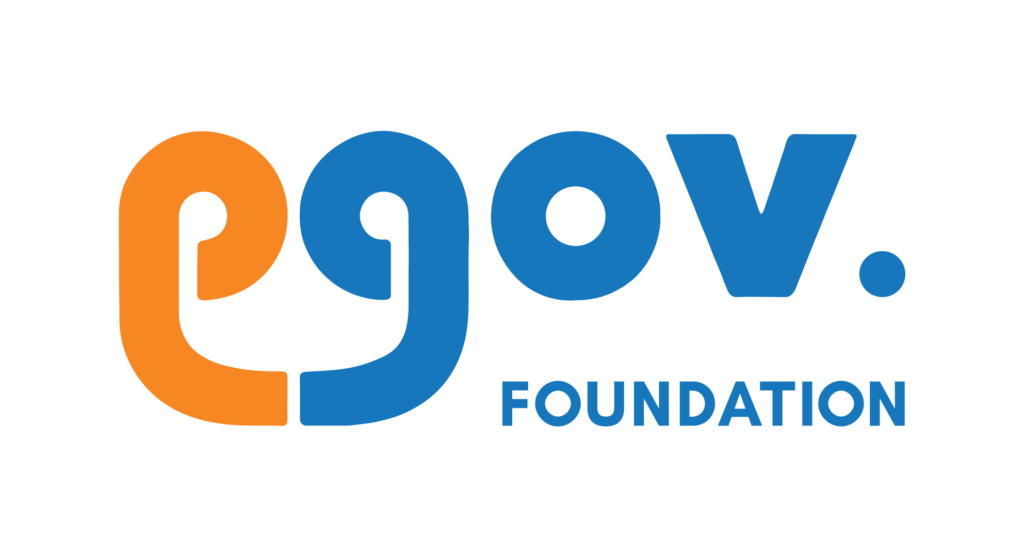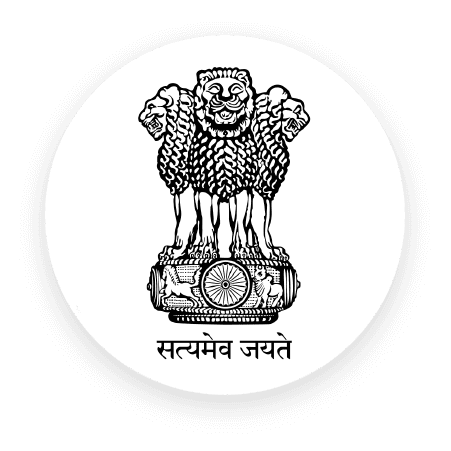Research Paper
Strategy and Approach to Public Finance Management
Abstract
Governments are responsible for the creation and maintenance of public goods, and the delivery of public services and social welfare. In order to perform these functions, they require financial resources.
These resources are raised as revenues, mainly through taxes and fees; to the extent that government-owned entities (e.g. public sector undertakings) also earn revenues, these may further contribute to the pool of funds available for governments to spend. Further, governments may receive grants from other entities (e.g. multilateral development banks), and may borrow money (by taking loans, issuing bonds, etc.).
Public financial management (PFM) refers to “the way governments manage public resources (both revenue and expenditure), and the immediate and medium-to-long-term impact of such resources on
the economy and society. PFM has to do with both process (how governments manage) and results (the short-, medium-, and long-term implications of financial flows)”.
Good PFM practice requires governments to ensure that revenues are raised and spent efficiently, such that there is a net positive impact on public welfare. This can include the stock of public goods / infrastructure available, the inclusiveness of and ease of access to public services, and investments in human capital (in the form of education, public health, etc.) It also requires governments to manage debts prudently, in keeping with fiscal responsibility and budget management (FRBM) obligations.

























